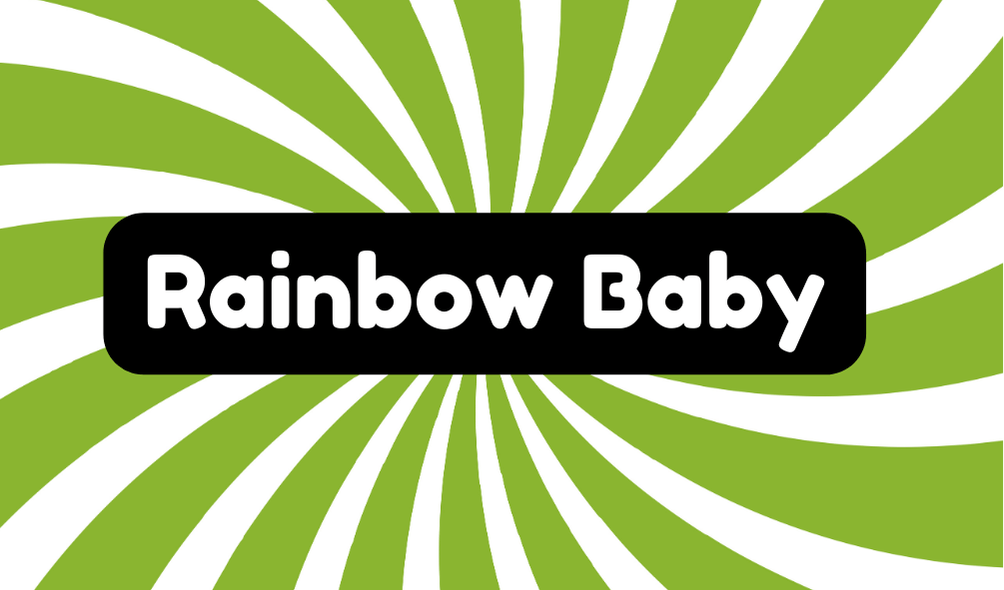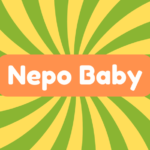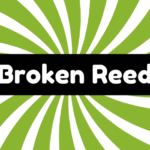A "rainbow baby" is a child born after the loss of a previous pregnancy, representing hope and renewal for grieving families. The term gained popularity in the baby loss community, particularly from Christie Brooks' 2008 work. It encapsulates the emotional healing process but also highlights the complexities surrounding grief and recovery. Families refer to their rainbow babies as symbols of resilience, yet the journey to healing is often not straightforward. For instance, a sentence illustrating this is, "Noah was their rainbow baby, signifying joy after heartache." Understanding this term reveals deeper insights into the struggles many face after loss.
Synonyms
In the context of pregnancy loss and subsequent births, the term "rainbow baby" is often accompanied by several synonyms that convey similar sentiments of hope and renewal. These alternative terms serve as symbolic representations of loss recovery and resilience following profound grief. Importantly, the use of synonyms can deepen understanding and foster connection among bereaved families.
- Sunshine Baby: A beacon of light after darkness.
- Hope Baby: Represents the promise of new beginnings.
- Healing Baby: Symbolizes emotional rejuvenation post-loss.
While these terms offer emotional comfort, it's essential to recognize that the journey of healing is unique for each family. Such language, though uplifting, can also risk oversimplifying personal experiences of loss and recovery.
Example of Sentences
The concept of a rainbow baby has inspired numerous heartfelt expressions that encapsulate the journey of healing after loss. These sentences provide insight into the emotional healing process and emphasize the importance of parental support:
- "Noah was their rainbow baby, a symbol of hope after enduring multiple miscarriages."
- "The joy that swept over the family was palpable as they welcomed their rainbow baby into the world."
- "Despite the heartache of their past, the family found solace in the arrival of their rainbow baby."
Such expressions reflect not only the resilience of parents but also highlight the significance of acknowledging grief. These examples serve as reminders that while loss can be devastating, the promise of new beginnings can offer a path toward emotional recovery.
Origin
"Rainbow baby" originated as a poignant term within the baby loss community, capturing the bittersweet journey of parents who experience profound grief before welcoming new life. The phrase first gained traction in Christie Brooks' book, *Our Heartbreaking Choices* (2008), which shared families' stories of loss and rebirth. Its cultural significance extends beyond mere terminology; it serves as a beacon of hope, helping to foster community support among those who have shared similar experiences. The phrase encourages discourse about the complexities of grief and healing, while providing an accessible means for connection. Variants like "sunshine baby" and "hope baby" have arisen, underscoring a collective understanding of resilience and shared emotional landscapes, emphasizing healing after heartache.
Collocations
Collocations related to the term "rainbow baby" enrich the emotional and contextual understanding of this poignant concept. Recognizing these terms encourages deeper engagement with the experiences of families traversing loss and joy. Here are three notable collocations:
- Emotional Healing: This phrase illustrates the difficult journey parents undertake to find solace after heartbreak.
- Community Support: Recognizing the importance of shared experiences, this term reflects the essential role family and friends play in providing comfort.
- Celebrating New Life: This expression captures the bittersweet nature of welcoming a child amidst past loss.
It is crucial to approach these collocations critically, as they serve both to inspire hope and to raise awareness about the complexities that accompany the birth of a rainbow baby amidst ongoing grief.
How to Use in Everyday Language
Understanding the emotional landscape surrounding the term "rainbow baby" can greatly enhance how individuals communicate about this poignant concept in everyday conversations. Utilizing this term thoughtfully can foster deeper connections, especially within support groups where shared experiences are paramount. It's crucial to approach discussions with sensitivity, acknowledging the healing journeys many have undertaken. When referencing a rainbow baby, consider incorporating personal stories or reflections that highlight the resilience and hope represented by these children. This helps create dialogue that resonates on a personal level. However, it's important to be cautious; not everyone may find solace in the term. Awareness of varying feelings can lead to more compassionate conversations, allowing room for open expression of grief alongside joy.
Why Is It Still Relevant Today?
As society becomes increasingly aware of the complexities surrounding pregnancy loss, the relevance of the term "rainbow baby" endures, resonating deeply with many families traversing these emotional landscapes. The cultural significance of this term lies in its ability to embody hope and resilience following heartache. For parents who have experienced devastating loss, the journey toward healing can feel overwhelming, yet a rainbow baby represents a new beginning—a tangible reminder that joy can emerge amidst sorrow. However, it is essential to approach this concept with realism. While many find solace in the term, others grapple with unresolved grief, reminding us that each family's healing journey is unique and should be acknowledged beyond a singular symbol of hope.







